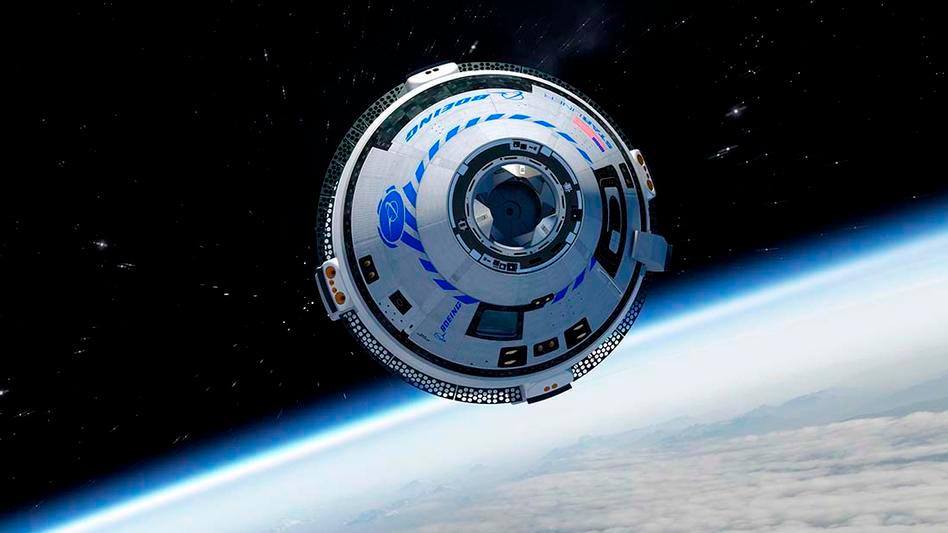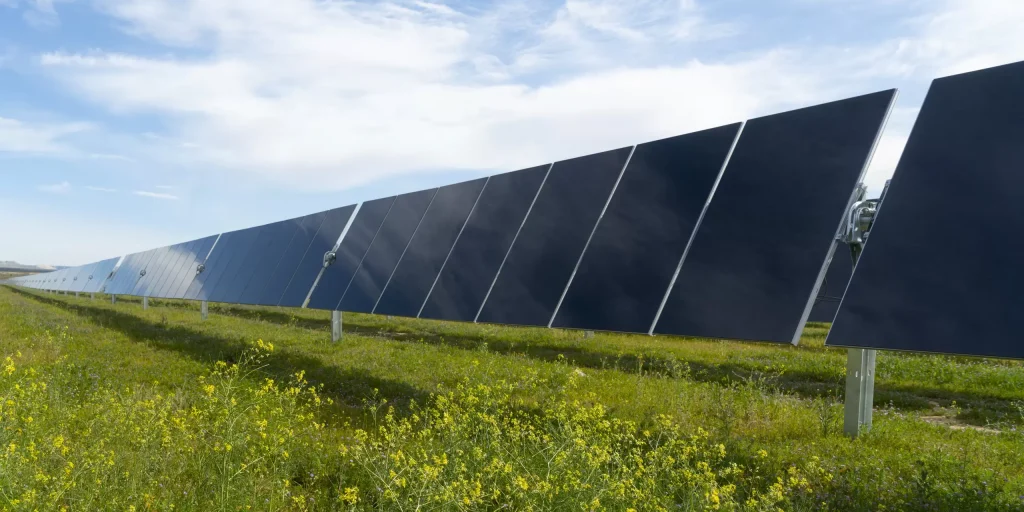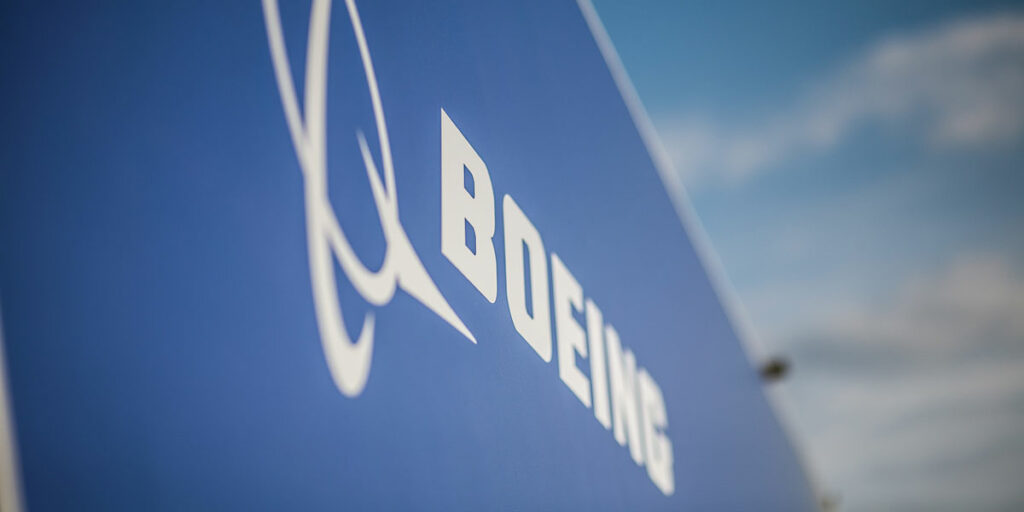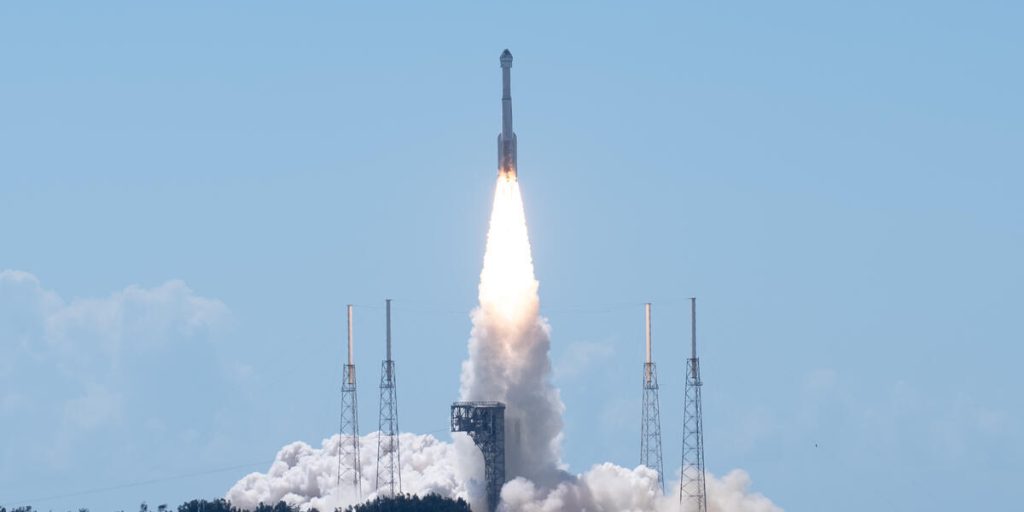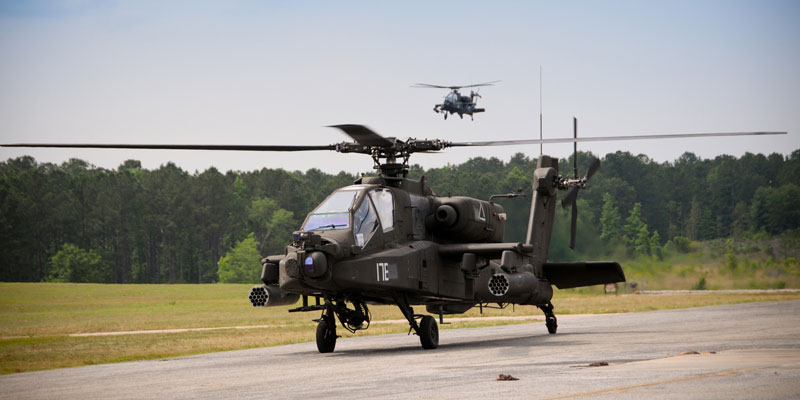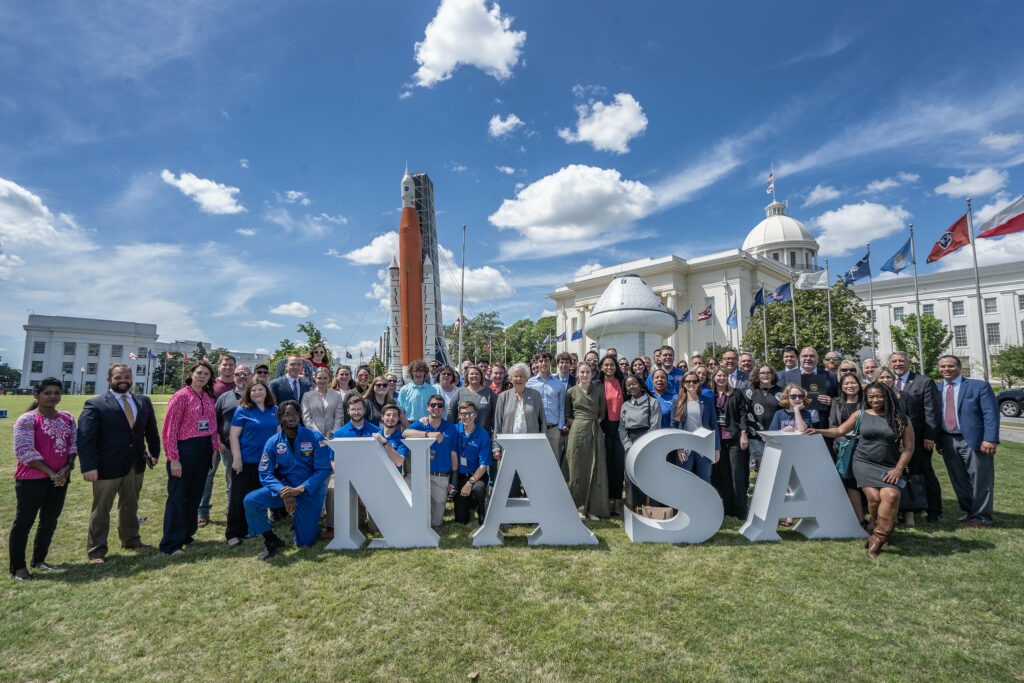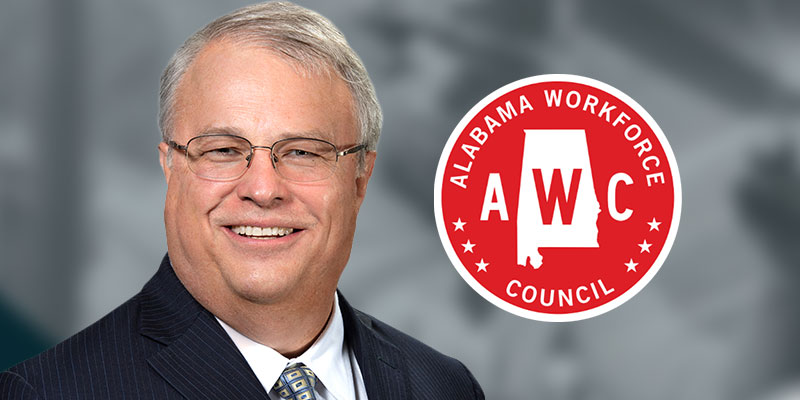NASA and Boeing are now targeting August or September for the launch of Starliner’s uncrewed Orbital Flight Test-2 (OFT-2) mission to the International Space Station (ISS) as part of the agency’s Commercial Crew Program. A press release noted they will also evaluate options if an earlier launch opportunity becomes available, starting in the next few weeks.
OFT-2 is a critical developmental milestone on Boeing’s path to fly crew missions for NASA.
This will be the company’s second try at delivering its Starliner vehicle to the ISS in preparation for shuttling commercial crew to and from the space station.
The first Starliner mission ended prematurely as a result of a timing malfunction which led to the spacecraft missing the opportunity to set the proper course for connecting with the ISS.
However, the mission was still historic and marked significant progress in the Commercial Crew Program.
Returning early to White Sands, New Mexico, the Starliner spacecraft during OFT-1 became the first-ever American orbital space capsule to land on U.S. soil. This came after the mission was launched perfectly by a Decatur-built, specially configured United Launch Alliance Atlas V rocket.
Boeing’s design center in Huntsville provided all of the structural design for the Starliner capsule. Additionally, Boeing’s Phantom Works division, which has an operation in the Rocket City, provided the power systems for the capsule.
Overall, Boeing’s CST-100 Starliner is designed, built, tested and flown by a team committed to safely, reliably and sustainably transporting astronauts to and from the ISS.
A release over the weekend detailed that the target launch timeframe for OFT-2 is supported by a space station docking opportunity and the availability of ULA’s Atlas V rocket and the Eastern Range.
However, Boeing said it will be mission-ready in May should a launch opportunity arise before the target. The Starliner team has reportedly completed all work on the OFT-2 vehicle except for activity to be conducted closer to launch, such as loading cargo and fueling the spacecraft. The team also has submitted all verification and validation paperwork to NASA and is completing all Independent Review Team recommended actions including those that were not mandatory ahead of OFT-2.
Software and Mission Operations teammates in Houston have been hard at work conducting flight software simulations, including end-to-end confidence and integration testing that will serve as a mission dress rehearsal before every future Starliner flight. The company expects to conclude all software testing this month and will support NASA’s post-test reviews as needed.
Additionally, the Starliner team is now preparing for the Crew Flight Test (CFT) to enable the shortest turnaround time possible between flights while maintaining its focus on crew safety. NASA’s CFT astronauts recently suited up and climbed aboard Starliner to perform a fully integrated and powered checkout of the OFT-2 vehicle supported by life support and communications systems. The OFT-2 spacecraft and all systems are nearly identical to those that will fly during Starliner’s first crewed mission, which will be the second flight of that spacecraft.
Safely and sustainably transporting crew and cargo to and from low Earth orbit destinations for NASA and other future customers is the ultimate goal. Boeing is confident in the Starliner vehicle, the team and the missions ahead as the program nears the completion of its development phase.
Sean Ross is the editor of Yellowhammer News. You can follow him on Twitter @sean_yhn




